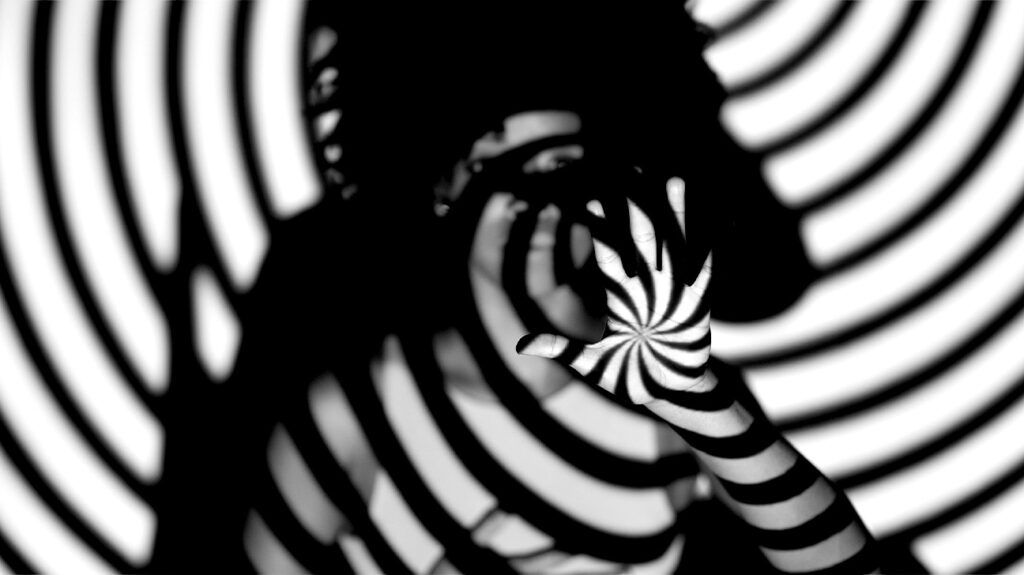Someone with an anxiety disorder, such as social anxiety or a phobia, may consistently avoid certain situations, places, and activities for fear of coming into contact with a perceived threat.
Most people tend to avoid specific situations that cause them anxiety. For example, someone with a fear of heights may choose not to ride a rollercoaster during a day out at a theme park.
However, in people with an anxiety disorder, avoidance behaviors may be extreme and can disrupt their day-to-day life. Treatment for anxiety can help a person manage and overcome avoidance behaviors.
This article examines the connection between anxiety and avoidance, the causes of the behavior, examples of avoidance, and how to break the anxiety avoidance cycle.

Avoidance is a natural and necessary behavior. For survival, people need to be able to determine whether a situation contains potential threats and avoid them when possible.
However, people with anxiety disorders
Avoidance levels may be extreme and can affect a person’s daily life and mental well-being.
A
The authors highlight that clinicians may consider avoidance behavior a primary contributor to the maintenance of anxiety.
People with anxiety disorders may avoid certain situations or environments as a coping strategy. They might go out of their way to avoid having thoughts of or contact with the stressors or triggers of their anxiety, which can vary from person to person.
Anxiety disorders and avoidance
- Negative learning: A person may learn avoidance behavior through fear conditioning, which is learning to avoid something in response to fear and anxiety. For example, if a dog bites a person, they may be fearful and anxious when they see dogs in the future.
- Positive learning: By avoiding something that causes them anxiety, a person may experience temporary relief that they did not have to encounter their stressor or trigger. This may lead to a habit of avoidance.
Researchers are continuing to explore the links between anxiety and avoidance. Although interactions between the two are complex and require further understanding, experts agree that avoidance behavior is
The anxiety-avoidance cycle
Although avoiding certain situations may help a person cope with their anxiety in the short term, it
- Anxiety: A person experiences feelings of fear and anxiety about a situation, environment, or person.
- Avoidance: To stop the fear and anxiety, the individual avoids the situation, environment, or person they perceive as threatening.
- Relief: After avoiding the cause of their anxiety, a person feels relief that they do not have to confront the situation, and the symptoms of their anxiety temporarily go away. However, the symptoms will likely return once a similar situation occurs.
- Reinforcement: The cycle teaches a person that avoidance brings relief from anxiety and reinforces the idea that they are unable to confront their anxiety triggers or stressors. This maintains both anxiety and avoidance behaviors.
Excessive avoidance
Avoidance behavior can present differently depending on the triggers or stressors of a person’s anxiety. However, it typically involves avoidance of the specific thing that a person considers threatening.
Examples of avoidance behaviors in different anxiety disorders may include the following.
Social anxiety
Someone with social anxiety may fear interacting with others or being judged or scrutinized. They may have an intense fear of humiliation and rejection.
People with social anxiety
- meeting new people
- performing or speaking in front of others
- everyday activities, such as interacting with store cashiers or eating in front of others
Specific phobia
A person with a specific phobia experiences intense, unreasonable anxiety and fear following exposure to the source of their fear or when anticipating exposure to it.
People with specific phobias
For example, a person who fears injection with needles may avoid healthcare professionals and healthcare settings, even when they are unwell. They may also avoid images or depictions of needle injections and conversations on the topic.
Agoraphobia
A person with agoraphobia fears being
Someone with agoraphobia may avoid the following:
- leaving their home
- using public transport
- going to stores
- attending public gatherings
A mental health professional can diagnose and help treat a person who uses avoidance behaviors due to anxiety.
Treating anxiety-related avoidance
A therapist
Another behavioral technique is flooding, in which the therapist floods a person with the exposure to their trigger. This technique involves starting with a difficult situation to desensitize a person.
A person can also use relaxation techniques to help manage their anxiety and break the cycle of avoidance. Techniques
- breathing exercises
- progressive muscle relaxation
- guided imagery
Counseling and relaxation techniques may help a person confront their anxiety triggers rather than avoid them. Breaking the anxiety-avoidance cycle may help a person manage their triggers, which may help reduce anxiety levels and avoidance behaviors.
Individuals with anxiety disorders, such as social anxiety, phobias, and agoraphobia, may use avoidance as a coping mechanism. Although avoidance may provide temporary relief from anxiety symptoms, it can contribute to anxiety in the long term.
Avoidance behaviors may also affect a person’s quality of life and prevent them from confronting and overcoming their anxiety triggers and stressors. This can feed into an anxiety-avoidance cycle in which the two maintain each other.
A mental health professional can help a person manage their anxiety disorder and avoidance behaviors with counseling and management strategies.
